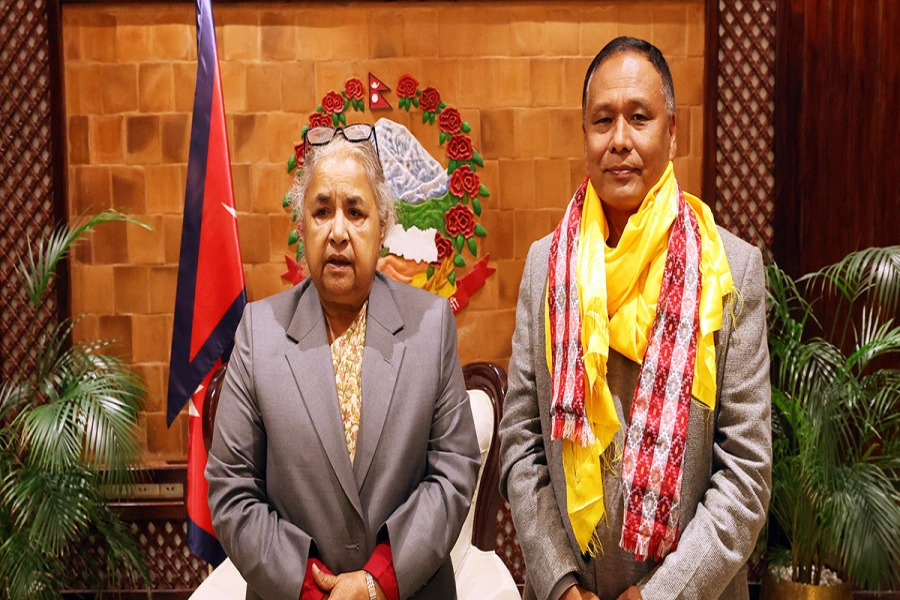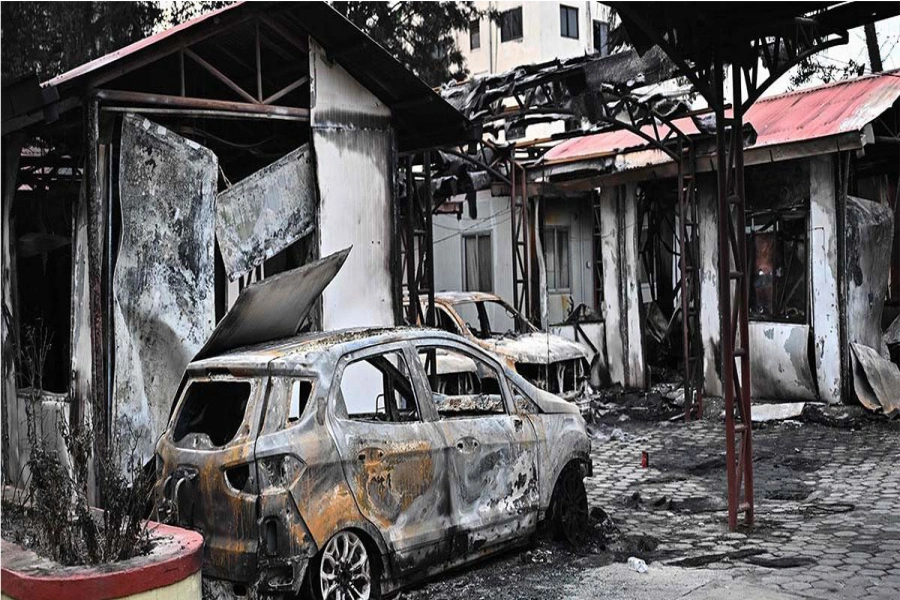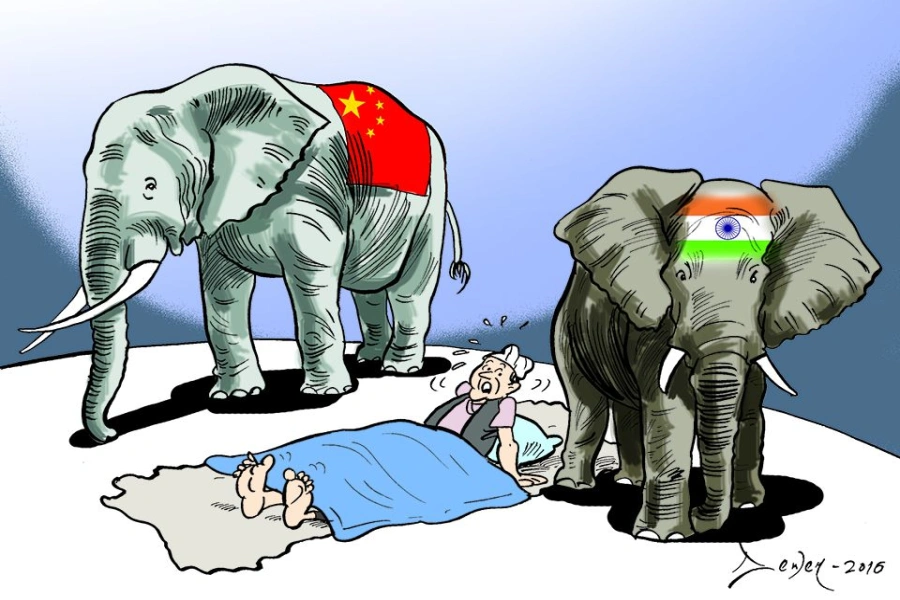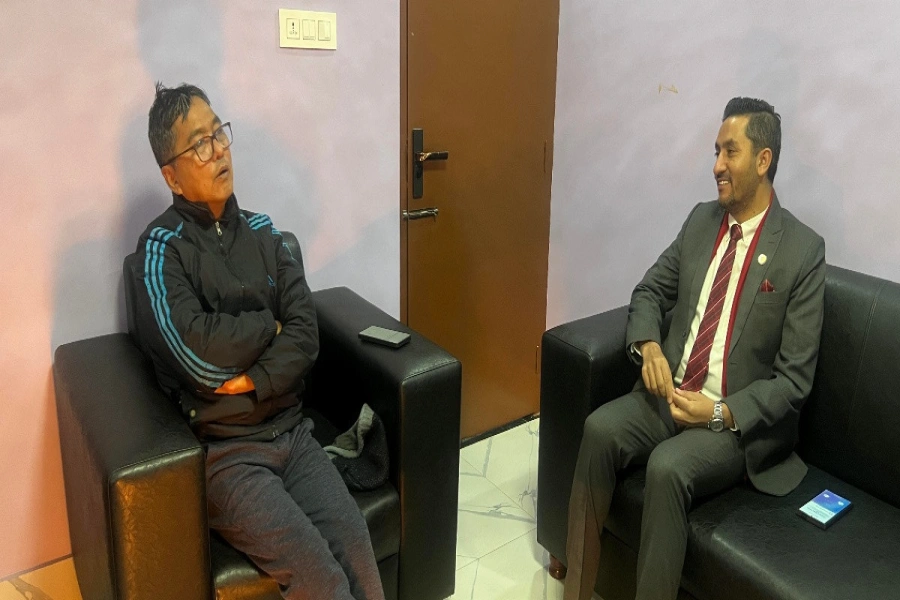What knowledge and skills do schools impart to students, and what do our young people need to navigate the world of information and knowledge on a daily basis? Let’s start with the second question first.
An overwhelming flood of information exists across media and social media such as YouTube, Facebook, Instagram, TikTok, X (formerly Twitter), and news portals. While these platforms can offer valuable content, they are also notoriously known for spreading misinformation, false information, and biased content. Center for Media Research, Nepal reported 57% of information as fake, 35% as misleading information, 5% as unverified while 3% was correct information out of 285 fact checks between March 2020 to January 2023. Nearly half of all misinformation originated on social media platforms, while approximately 42% appeared on mainstream media sources, both print and online. Although the cases studied were small, the findings significantly shed lights on Nepal’s information landscape.
In a study by Redline.digital, globally, 60% of respondents believe that news organizations consistently report false stories, while 94% of journalists consider made-up news to be a serious problem and around 500,000 deepfakes were shared on social media in 2023. Statista.com reported that Instagram exclusively had 57.7% false and misleading information about COVID-19. The global epidemic of misinformation affects youth in Nepal as they are highly likely to consume global information through digital platforms. They are at a higher risk of exposure to misleading and false information as they spend relatively more time across various media.
Classroom instruction is centered around ‘spoon feeding’ comprehension and information retention.
While our young people navigate through the chaotic information ecosystem, how is school education preparing them to navigate the information industry and de/construct knowledge?
NMB, NBI join hands for financial literacy program

Let’s talk about school assessment, which is expected to measure students’ learning outcomes. If you look at English, Nepali or Social Studies test papers in SEE (Secondary Education Examination), you will mostly find students being assessed for information—recalling, extracting and explaining information! For instance, the English specification grid allocates 53.33% to reading comprehension, 13.33% to descriptive and informative writing, and 14.66% to grammar. Essay writing, which is typically descriptive, leaves little room for assessing students’ critical literacy skills.
In social studies, knowledge and comprehension cover 37% of weightage, and the application component, which appears to be more descriptive and information oriented, covers 33.33%. Higher order skills component seems to create some room for self-reflection, evaluation and justification but tasks are still descriptive and informative. Likewise, in Nepali, knowledge, comprehension and grammar covers 58.66%. Incorporation of skills such as analysis and argumentation under higher order skills are appreciable, however, expected tasks are still descriptive.
My hundreds of classroom observations (across language and contents-based classes) across the country demonstrate that classroom instruction is centered around ‘spoon feeding’ comprehension and information retention. In the classrooms, hugely dominated by textbooks, teachers often read texts, explain the meaning to students followed by responding/solving questions given in textbooks. The textbook questions generally assess students’ literal and inferential comprehension, and teachers report skipping project-based and other open-ended questions due to time constraints.
With the overwhelming information and knowledge flow in today’s world and evolving workplace demands, functional literacy skills are insufficient for cultivating efficient readers, skilled writers, and accountable citizens. Given this gap between what schools are teaching in classrooms and what students need in their lives, we need to reevaluate our curriculum and instruction, placing critical literacy at the center.
Towards critical literacy
Critical literacy (CL) goes beyond rudimentary skills such as factual and inferential comprehension, information retention, and the production of informational and descriptive write-ups. It engages students in constructing and deconstructing truth and knowledge. Allan Luke (a professor at Education Queensland University of Technology) mentioned that CL seeks answers to crucial questions such as: What is ‘truth’? How is it presented and represented, by whom, and in whose interests? Who should have access to specific images, words, texts, and discourses, and for what purposes? Allan’s insights remind us to engage students in understanding and deconstructing truth, raising awareness of how truth is represented or misrepresented, and recognizing who has access to it and who does not. This consciousness helps them navigate and withstand misinformation and conspiracy theories.
For Paulo Freire, literacy is a tool for liberation intended to raise students’ critical consciousness, helping them understand power dynamics, societal inequalities, and justice. He argues that language is a social construct and never neutral, making it crucial for students to recognize this fact in their reading and writing practices. With this awareness, readers can interpret texts beyond their surface meaning and respond critically. Critical literacy involves questioning texts rather than passively accepting information. It requires examining the author’s intent, rhetorical choices, evidence, examples and most importantly approach information with skepticism.
Translating critical literacy in classroom
Curriculum and instruction focused on critical literacy encourage students to question texts and explore answers to big questions and justice-related issues such as what is truth and who decides what truth is? What is knowledge? Whose knowledge is valued and whose knowledge is excluded? Who has access to resources and who hasn’t and why? Who has access to power and privilege and how does that affect the personal, academic and professional decisions we make?
Critical literacy can be integrated at any educational level and should not be relegated to the margins of high school education. For instance, there is a text ‘vegetables at the market’ in grade 2 English textbook (CDC), which is about a bunny purchasing vegetables in a shop. This text can spark discussions on inequalities in the current market supply chain. Careful curation of questions and activities move students beyond information extraction and retention. Where do you or your family purchase vegetables? Do the shopkeepers grow the vegetables they sell? Where do they source them? Do the farmers who grow the produce receive the full amount you pay? Who do you think benefits the most? What can be done about it? Such discussions can help students understand the issues in the current market system and encourage them to think creatively about ways to connect farmers directly with consumers. To fully engage students in this activity, language should not be a barrier; they should be allowed to articulate their ideas. Moreover, this activity can be assigned as a project work for students to explore together with their classmates and families.
To sum up, there is a disconnect between students’ real-life needs and the curricular outcomes. To empower students to consume reliable information, and deconstruct knowledge and truth, fostering critical literacy is essential. Critical literacy can be a vital pathway towards liberation.
(The author is a doctoral student and teacher educator at Michigan State University, MI, USA)





































